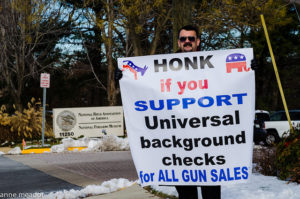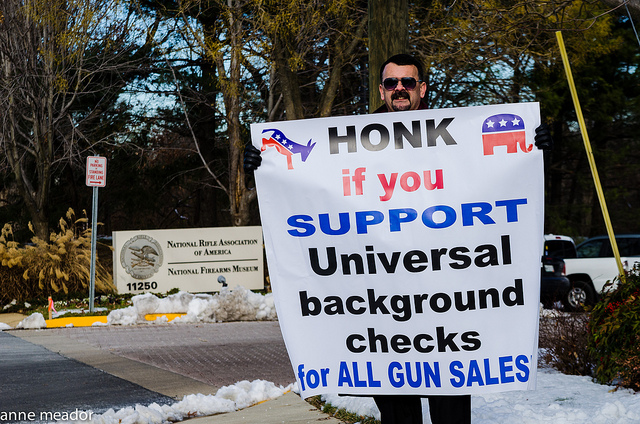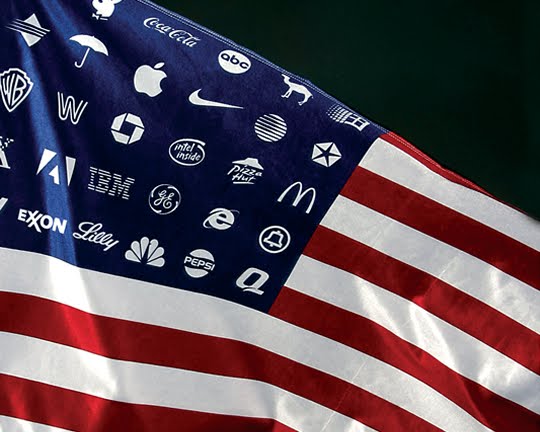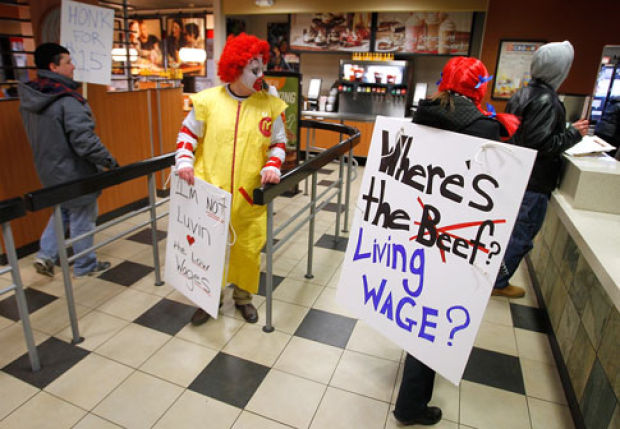
Many say it’s the guns that are responsible for the mass shootings. Some say that it’s not the guns, it’s the people. For others, it’s not the people, it’s a mental health issue. Others reply it’s not a mental health issue, at the root, it’s toxic masculinity. Then comes, it’s not toxic male masculinity, it’s the NRA lobby. Next, it’s not the NRA lobby, it’s politicians taking campaign contributions from the NRA. It’s not politicians, it’s the 2nd Amendment. And the cycle continues, maintaining the status quo.
But none of these factors alone are the root cause of mass shootings, for if any of them were, the problem could easily be solved. All of these factors along with others not being discussed have in some way contributed to a state of violence here.
Gun violence is not just playing out in schools, it’s at epidemic levels in cities like Chicago, Baltimore, Los Angeles and Detroit. Over the past few years, there have been mass shootings in movie theaters, churches, office buildings, malls and homes. No place in the U.S. is safe any longer.
The U.S. is by nature one of the most violent states when one takes into account its bloated military expenditures. It spends more than the next top eight nations combined. And the U.S. is waging wars or conflicts in 7 countries concurrently. In 2015, the U.S. was involved in the conflicts of 130 countries, according to a report in The Nation. The annual number of police killings in the U.S. easily eclipses more than all Western nations combined. U.S. police forces kill at 70 times the rate of other Western nations. Its incarceration rate per capita is higher than that of any other country as well. The U.S. also has a high per capita rate of uniformed on-duty police and off-duty police hired for private security details, ranking at the third largest police force. New York City has the largest police force of any city worldwide.
We have to look closely at what we want as the standard of safety and healthful living in our communities. Doing so is only the first step to achieving sustainable standards, and it’s apparent we have failed to do that. We have to make some hard choices about our customs and freedoms and agree to collectively change them where necessary to create safe and healthful communities.

Other countries don’t live under these conditions. And we don’t have to either. We can take a look at other countries and cultures and determine what they do and adopt some of their methods to fix this epidemic.
In Japan, a country that had only 6 gun deaths in 2014 compared to 34,600 in the U.S., authorities enacted strict gun laws. These laws make requirements for strict safe-keeping of weapons, past criminal history, marksmanship training and mental health fitness. Australia did away with semi-automatic weapons altogether in 1996 after a mass shooting. The government financed a gun buyback program and the shootings and suicide rate dropped with no mass shootings in over two decades.
It is unlikely that gun control laws alone will result in needed change in the U.S. It will take a series of initiatives from many fronts with the cooperation of many agencies.
Citing individual factors as the sole culprits for violence results in a short-sighted approach bound to fail. But not taking action is sure to lead to more incidents like the Marjory Stoneman Douglas High School Valentine’s Day massacre.
Parkland Youth Take a Stand
It is a hopeful sign that the youth of Parkland, Fla., have begun organizing a campaign against gun violence. Youth like Cameron Kasky, 17, and Emma Gonzalez, 18, have come forward to speak out and take a stand. A 7-minute “We Call BS” speech delivered by Gonzalez was seen over a million times in its first hours and prompted a series of actions by the students.
As a result, the students are mobilizing and organizing rallies and a national school walkout on April 20, with a “March For Our Lives” planned in Washington, DC on March 24. The students have set up social media platforms and are engaging Congressional leadership and the President on social media. They are putting pressure on the NRA and coming down hard on those who accept campaign donations from the NRA. They are working to change laws. They have spurred others to take action against those who have perpetuated the status quo following previous mass shootings.

For most of them, if not all, it is their first time engaging in civic activities on behalf of their community. They are seeking donations to help the victims and to organize further. And they are going to need our help.
New leaders were born from the bloodshed in the hallways of Marjory Stoneman Douglas HS just like new leaders rise on the battlefields of war. Like Anthony Borges, 15, who blocked the door to his classroom to protect his classmates. He took was wounded five times and clings to life. Judging by the students actions and words, they are well on their way to succeeding.
Their efforts will not be perfect, and they’ll face criticism and resistance from many sides. But their stand will at the very least result in action on some of the fronts contributing to these tragedies. Maybe their efforts will be joined by responsible, supportive adults, but those who continue to place blame may try to silence them. They are going to need all of us to fall in line behind them in order to succeed.





